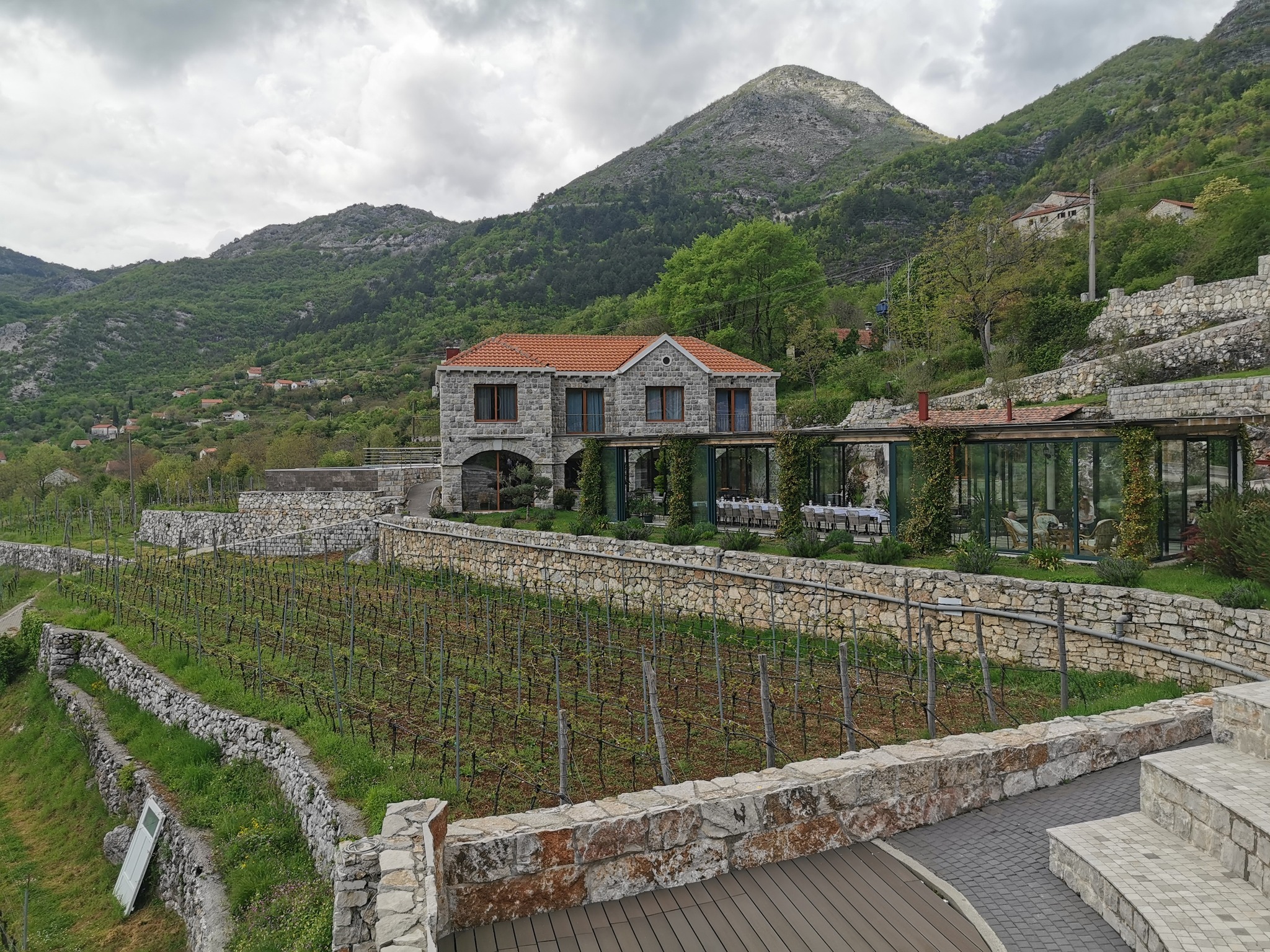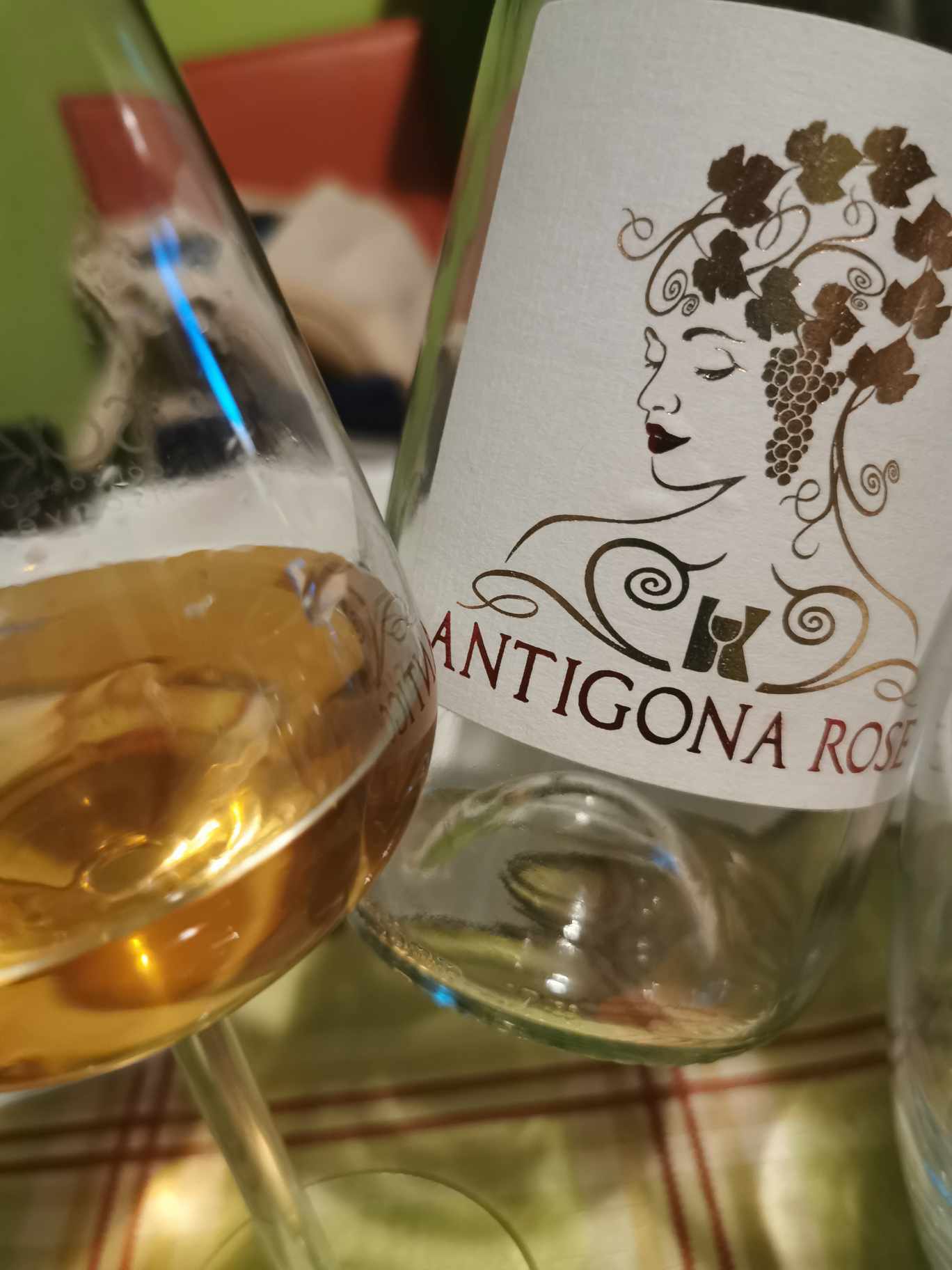News
News / 10/17/2014 / 1382
The city of Niš is situated in a vast valley at the confluence of the Nišava and the South Morava rivers. Throughout history, it was known as the "Gate of East and West" through which the main routes from Europe eastward were passing in order to reach Constantinople and beyond. Niš became famous owing to the fact that the Roman emperor Constantine the Great was born in Niš (then Naissus) in 274 AD. Constantine is remembered as the Roman Emperor who acknowledged Christianity as the official religion of the Roman Empire in the Edict of Milan written in 313 AD.
Then I went to the Church of St. Panteleimon in Niš. Every time I visit this city, I pay a short visit to Old Trta planting - the oldest specimen of vine in the world , more than 400 years old, found in Maribor, Slovenia. In March 2012, the city of Maribor gave an offshoot of the vine to the city of Niš as a symbol of friendship, and you can see in the photos that climate and soil of Niš are well-suited to Trta of Niš. This is probably the only specimen of Žametovka vine in Serbia.
As far as wine making is concerned, we are still waiting for a winery to appear among numerous individual wine producers from Niš region which will seriously explore potential of local vineyards. Wines are still made in a traditional way here, and they often feature rustic character, rough tannins, large variation in quality from year to year, inept use of barrels. Investment in modern technology still hasn't arrived in wine cellars of Niš region. Traditionally, the region of Niš is perfectly suited for a black grape variety. If you wanted to drink some red wine from Niš, you would most probably get a glass of semi-dry or semi-sweet red wine. The best known wine producing villages are Matejevac, Sićevo ... These villages don't lack history: an agricultural cooperative was founded in Sićevo in 1904 which was in charge of expanding vine-growing area, planting new vineyards, construction of a large cellar and spreading modern viticultural practices. Prior to the World War II, there were about 1000 private wine cellars in the village of Lower Matejevac only. However, the problem of this wine region is continuity of tradition, because the development of industrial wineries and large mass wine cooperatives after the World War II interrupted family tradition of wine making. There is a joke from the period after the World War II, where a dying father reveals a secret to his son - wine can also be produced from grapes (an allusion to šećeruša (sugar-added fake wine), which used to flood the market in socialist times and was produced in this area).
This year the grape harvest in the vineyards of Niš was rather poor. Weather conditions were not favorable. Given that the entire year had plenty of rain, the grapes failed to collect enough sugar. The yield was nearly halved, and given that vinegrowers are also fighting botrytis at the time of harvest, most likely we will not be drinking any top-quality wines from the year 2014. This year the vineyards where the space between rows of vines is covered with grass will show better results, because the vinegrowers could enter these vineyards immediately after rain to spray them and protect adequately against disease. Vinegrowers from the village of Trnava suffered even more because their crops were affected by hail storm.
As for the wine culture in Niš, the situation has changed significantly in recent years. It all started from a situation where a city of this size did not have any specialized wine shop whilst local wine festivals and fairs were held but visitors used to bring their own glasses from home and wanted to buy nothing more than a red sweet wine at 150 dinars a bottle. However, over the last few years, a new winelover audience which appreciates good wine has been raised in Niš. They know more about wine and drink good wine. For that reason, I often hear winemakers' comments that they are satisfied with local wine culture evolution in Niš and wine events there attract more and more wine lovers. For several years already, Niš hosts the Actors' Festival in the Niš Fortress and a wine fair "WINE AND FINE FAIR" as a side event during the summer. This wine fair has an important role in education of wine audience in Niš that appreciates local high-quality wines ...
Visit to South Serbia continued in Župa, the wine region where I am always happy to re-visit. This time, the occasion is the annual Župa Grape Harvest Festival, held for the 51st time this year. Since 1963, every September, tourists, vintners, wine growers, wine lovers and others flock to Župa to celebrate the start of the harvest. During those days, wine is running from the town fountain instead of water, and local wineries exhibit their produts in the Wine Street.
If you are still not familiar with this wine region, stop for a moment to learn the basic elements which make this wine region of Serbia truly special:
http://www.vinopedia.rs/?p=3358&lang=en
And if you have already arrived in Župa, an indispensable part of Župa Grape Harvest Festival is a visit to some of the local wineries so that you can discover the secret of making wine from local flagship varieties Tamjanika and Prokupac. A good choice is always Prokupac from winery Ivanović, Budimir, Rajković Brothers, Čokot, Botunjac ... Until recently, Prokupac has had a reputation of distinctly tannic wine, similar to Tannat or Xinomavro. However, modern Prokupac is surely attractive wine - the tannins are present but soft, tamed, pleasant, so "the pride of Župa" will not have any difficulty to reach domestic and international wine lovers. With the use of modern technology, Prokupac found its modern expression while at the same time clearly positioned itself on the wine scene of Serbia.

Tomislav Ivanović
Awarded wine writer, wine critic and contributor to selected wine magazines. WSET3-certified author and editor-in-chief of www.vinopedia.rs. Member of Vojvodina Sommelier Association. Juror in national and international wine competitions. Lecturing about wines of Serbia and the Balkans. Local partner of Wine Mosaic organization. Co-founder of International Prokupac Day.

Pročitajte i druge članke iz ove rubrike:


KRATOŠIJA PROBUDILA CRNOGORSKE VINARE
PROČITAJ VIŠE


VINOPEDIA TOP 10 2024
PROČITAJ VIŠE


GIUAANI - VINSKI TURIZAM NA GRUZIJSKI NAČIN
PROČITAJ VIŠE


SPASIMO STARE VINOGRADE SRBIJE
PROČITAJ VIŠE


NAŠLI SMO ANTIGONU IZ ORAHOVCA
PROČITAJ VIŠE
Winner MILLESIMA BLOG AWARD 2016

Pobednik MILLESIMA BLOG AWARD 2016
VINO & FINO wine personality of the year 2016

VINO & FINO vinska ličnost godine 2016